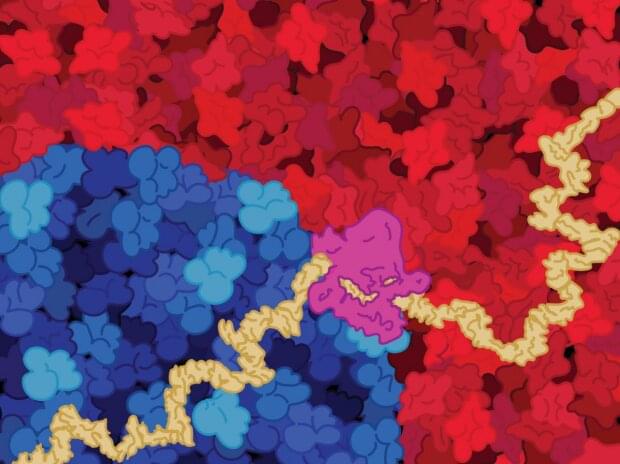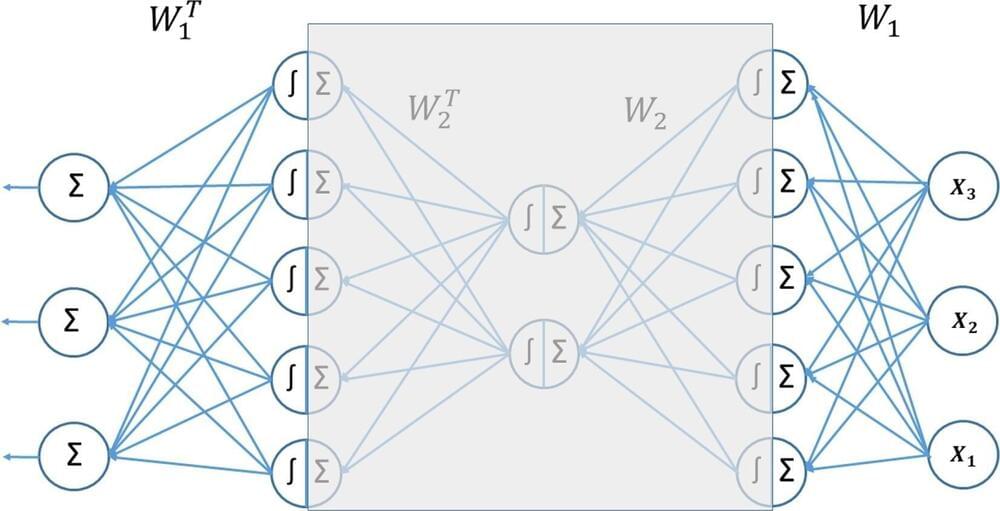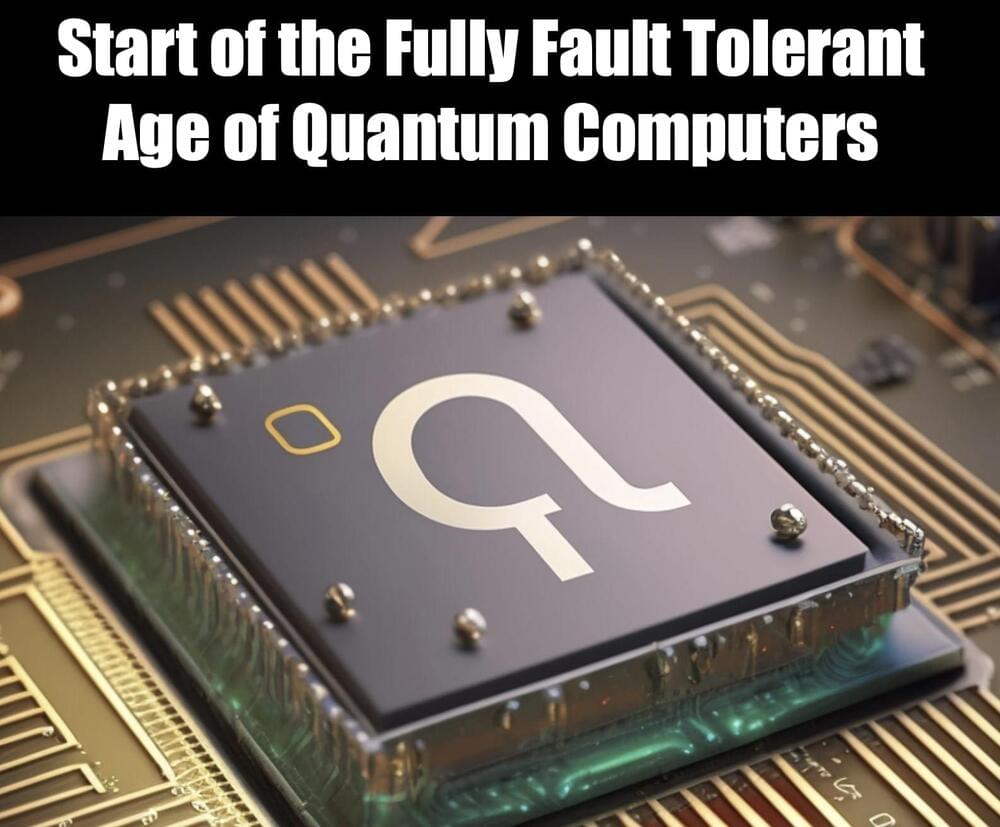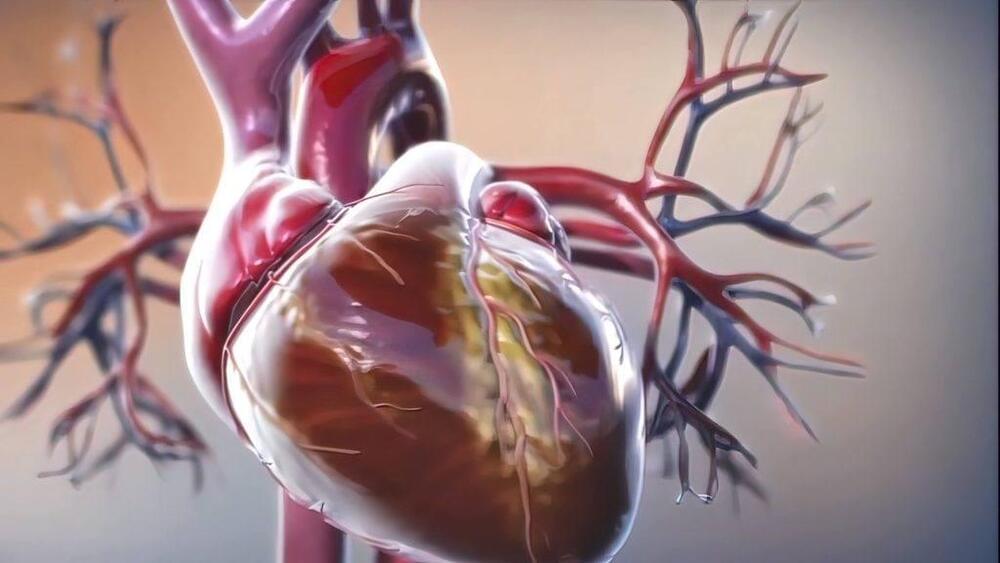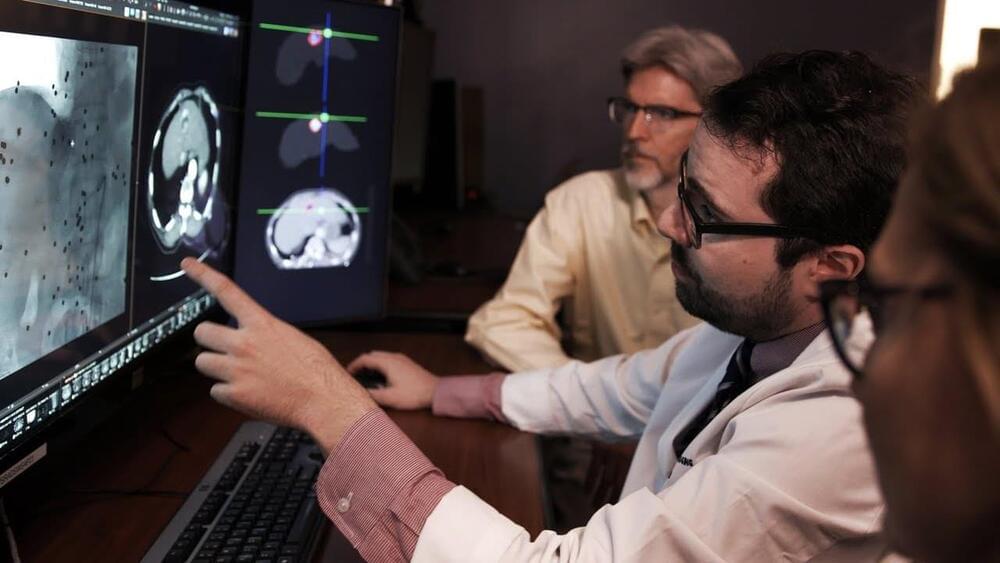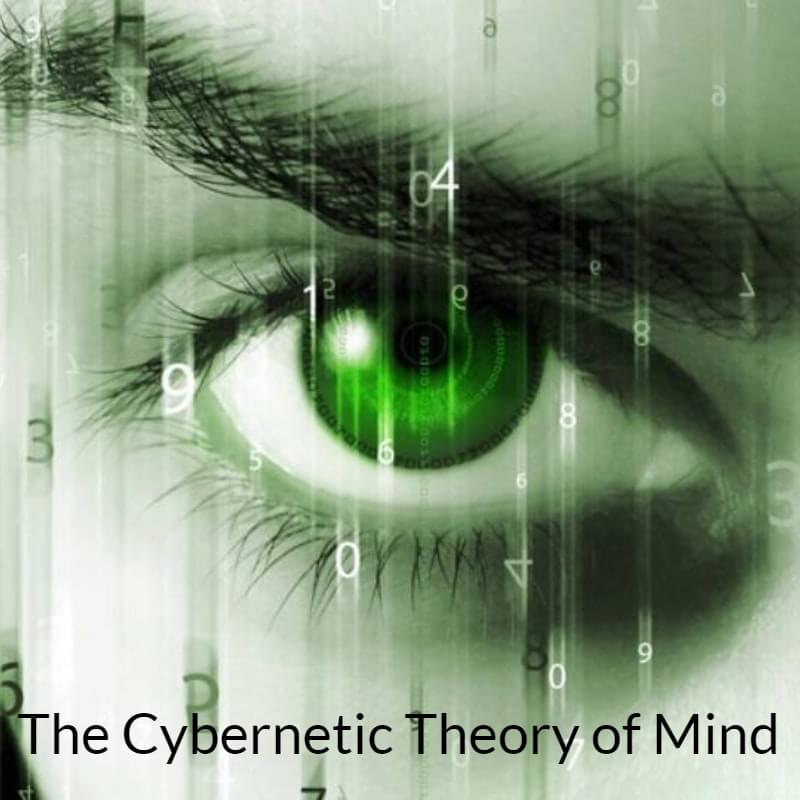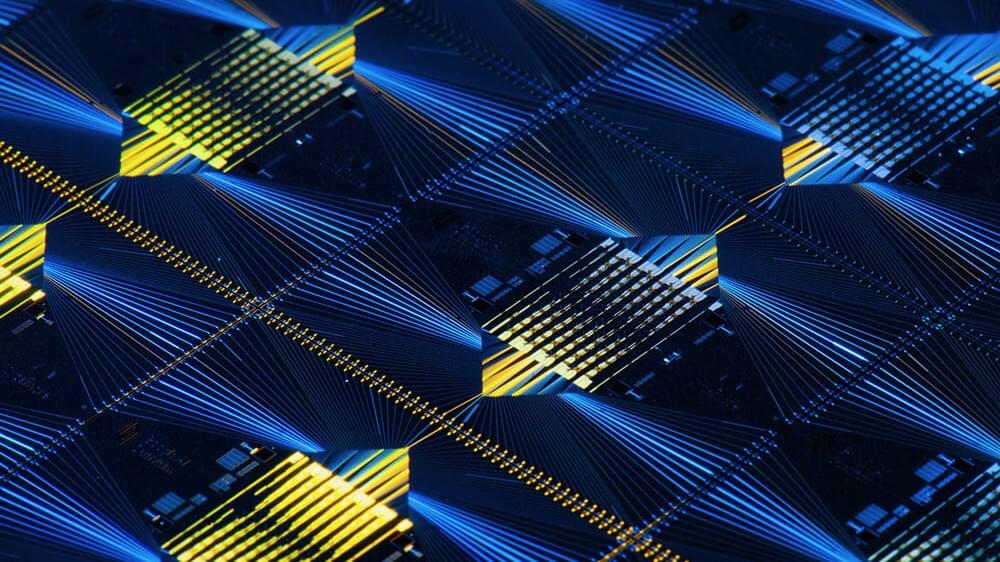Oct 6, 2023
Researchers create a neural network for genomics that explains how it achieves accurate predictions
Posted by Jose Ruben Rodriguez Fuentes in categories: biotech/medical, information science, robotics/AI
A team of New York University computer scientists has created a neural network that can explain how it reaches its predictions. The work reveals what accounts for the functionality of neural networks—the engines that drive artificial intelligence and machine learning—thereby illuminating a process that has largely been concealed from users.
The breakthrough centers on a specific usage of neural networks that has become popular in recent years—tackling challenging biological questions. Among these are examinations of the intricacies of RNA splicing—the focal point of the study—which plays a role in transferring information from DNA to functional RNA and protein products.
“Many neural networks are black boxes —these algorithms cannot explain how they work, raising concerns about their trustworthiness and stifling progress into understanding the underlying biological processes of genome encoding,” says Oded Regev, a computer science professor at NYU’s Courant Institute of Mathematical Sciences and the senior author of the paper, which was published in the Proceedings of the National Academy of Sciences.
